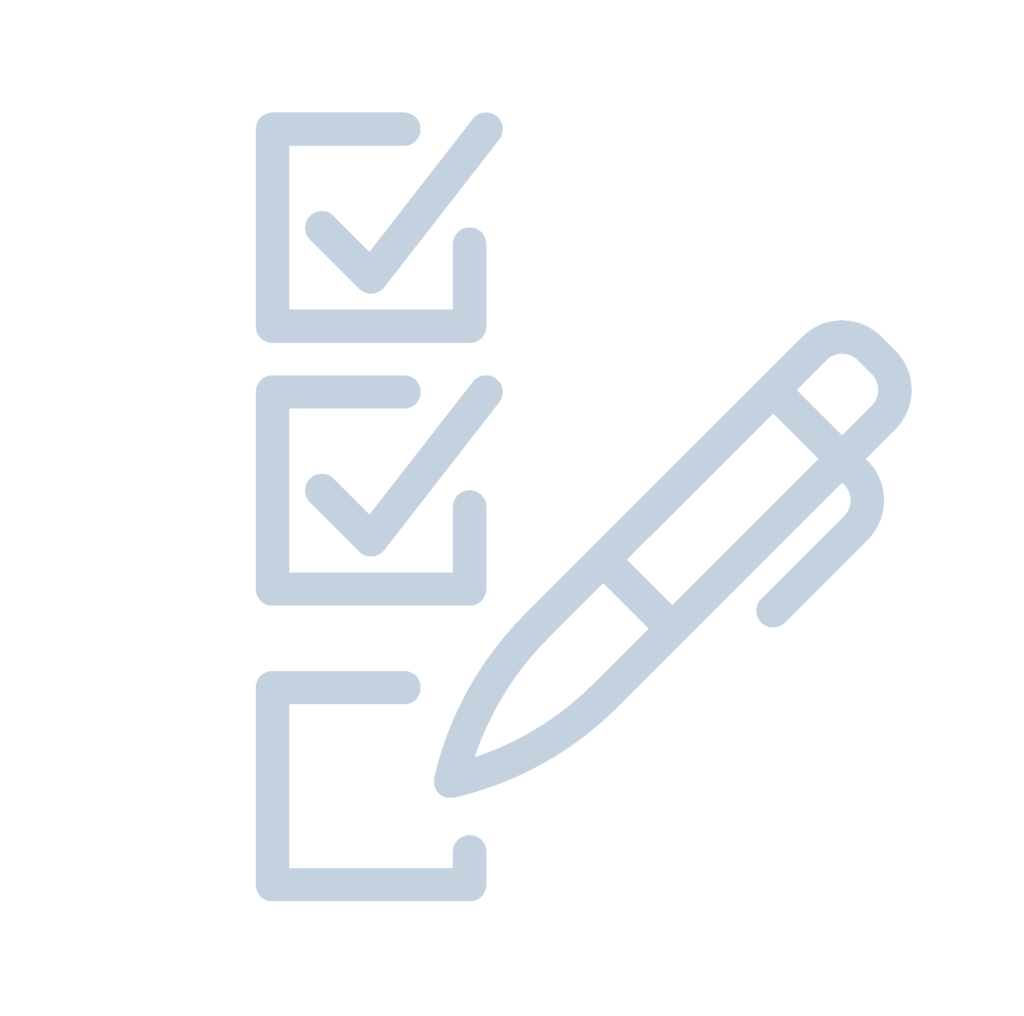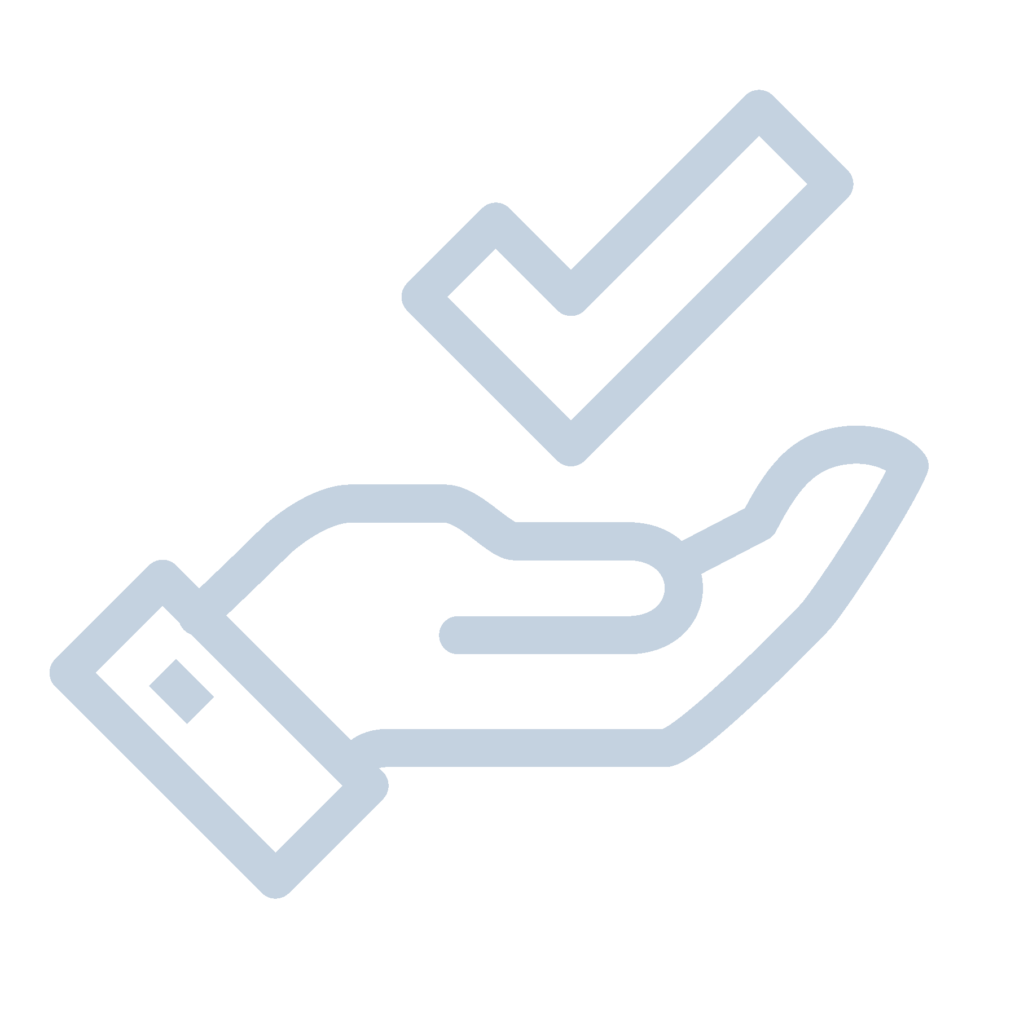Executive Summary
Use of electronic cigarettes, or “e-cigarettes”, “e-cigs” or “vaping” has exploded in the United States and elsewhere – particularly among teens and young adults. Frequently touted by manufacturers and promoters as less dangerous than combustible smoking or as a valuable tool for smoking cessation altogether, e-cigarettes such as Blu and Juul can now be found just about everywhere, including high schools and college campuses. And despite claims of being safer than traditional cigarettes, the core function of all of these devices still is to deliver nicotine, a dangerous and addictive chemical, either just as efficiently or more efficiently than combustible cigarettes. Furthermore, the vapor produced by e-cigarettes typically contains aerosolized chemical flavoring additives; propylene glycol, and other contaminants; the potential effects of which on a developing teen’s lungs, heart and nervous system are only now being fully appreciated. In fact, due to the growing number of claimed injuries stemming from vaping one e-cig brand in particular, lawsuits have now been filed alleging that these devices have been improperly and aggressively marketed to teenagers while simultaneously actively downplaying the risks associated with vaping.
What Are E-Cigarettes?
E-cigarettes are battery-powered devices that function by heating a liquid into an aerosol that can be inhaled then exhaled. The liquid in e-cigarettes typically contains the following:
- Nicotine
- Propylene Glycol
- Glycerin Flavorings
- Other Chemicals
Research into e-cigarette aerosol vapor has shown that it frequently contains additional substances such as metals like lead and other cancer-inducing chemicals. Beyond that, flavored e-cigarette products have been shown to contain chemicals such as diacetyl – which has been linked to lung disease.
E-cigarettes were first invented by the Chinese pharmacist – Hon Lik, who was issued a patent on the device in 2003. Unlike traditional cigarettes which use flame combustion to burn a tobacco leaf and release tar-laden smoke with nicotine, the e-cigarette relies upon a lithium battery to heat a nicotine liquid into a vapor or mist that the user inhales. Although the exact design specifications may differ among different e-cigarette brands, this lithium battery is typically connected to a vaporization chamber (essentially a hollow tube) that contains an “atomizer” which creates vapor. Prior to activation of the battery and the chamber, the user will attach a “cartridge” containing liquid nicotine (among other various chemicals) and this cartridge will frequently serve as the mouthpiece from which to inhale as well.
Why Are E-Cigarettes So Popular?
E-cigarette manufacturers are often the first to tout their products as safer alternatives to combustible tobacco smoking and a resource in the effort to reduce overall tobacco use among adults through smoking cessation. However, some of the highest rates of adoption and use of e-cigarettes are among high school students. In fact, e-cigarettes are today the most common type of tobacco product used among U.S. middle and high school students in the United States – a population decidedly not among those demanding smoking cessation assistance.
The U.S. Food and Drug Administration (FDA) and U.S. Centers for Disease Control and Prevention (CDC) studied self-reported reasons for the use of e-cigarettes among middle and high schools students and found that the most common reasons for choosing to start vaping involved:
- A friend or family member uses e-cigarettes.
- Availability of flavors such as mint, candy, fruit, or chocolate.
- A belief that e-cigarettes are not harmful or less harmful.
- Seeing famous celebrities using them.
The CDC estimates that up to 69% of middle and high school students are exposed to e-cigarette advertisements in retail stores, on the Internet, in magazines/newspapers or on TV and movies. The e-cigarette manufacturer campaign for youth adoption doesn’t stop in middle and high school either. Campaigns on college campuses nationwide, designed to convince students that e-cigarettes are a safer alternative than smoking tobacco cigarettes has resulted in a skyrocketing number of users – especially among students who had never actually smoked in the first place.
Real Risks from Exposure to E-Cigarettes
Because e-cigarettes do not combust tobacco like regular cigarettes, users frequently believe the claims that there are relatively few health risks associated with vaping. However, in addition to nicotine and glycerin chemicals, e-cigarettes have been shown to emit:
- Aerosolized particulates into the lungs
- Diethylene glycol
- Nitrosamines
- 1,2-Propanediol
- Acetic acid
- Acetone
- Isoprene
- Formaldehyde
- Acetaldehyde
- Propaldehyde
Furthermore, some of the tested aerosols generated by e-cigarettes have been shown to contain metals and silica particles traced back to wick and heating coil constituents in the device itself. Accordingly, the cancer risk associated with exposure to common ingredients found in e-cigarettes, combined with the known addictive properties of nicotine, which is toxic to developing fetuses and harmful to adolescent and young adult brain development, creates the potential for long term harm from continued exposure to vaping.
E-Cigarette Battery Explosions
If the risk from vaping exposure isn’t enough, the risk from vaping explosions adds an extra layer of potential danger to e-cigarettes. Defective e-cigarette batteries have caused fires and explosions, some of which have resulted in serious injuries. Most of these explosions occurred while e-cigarette batteries were being charged.
Health Effects Associated with E-Cigarettes
E-cigarettes have only been on the market in the United States for a fraction of the time that combustible tobacco cigarettes have. With that in mind, the amount of comprehensive research available is still accumulating while doctors and scientists study e-cigarettes to understand more completely the effect they have on human health. What they do understand thus far is the following:
E-Cigarettes Typically Contain Nicotine.
The health effects of exposure to highly-addictive nicotine are well-documented. Short-term exposure to even low levels of nicotine has been shown to include tremors and an increase in the heart rate, respiratory rate, and blood pressure. Ingestion and inhalation of nicotine can cause nausea, vomiting, abdominal pain, headache, dizziness, confusion, agitation, restlessness, and burning sensations in the mouth, throat, and stomach. Additionally, nicotine is a teratogen – meaning it has the potential to promote the growth of tumors.
E-Cigarettes are Particularly Dangerous for Pregnant Mothers and Small Children.
Nicotine presents special risks for pregnant mothers. Prenatal exposure to even small amounts of nicotine can result in fetal brain cell damage and other neurological deficits in the fetus. Also, the nicotine laden “e-juice” in the cartridges associated with e-cigarettes contain concentrations of nicotine that are potentially lethal if ingested by a small child.
E-Cigarettes May Contain Other Harmful Substances.
E-Cigarettes with menthol or tobacco flavoring may contain other heavy metals or particles, such as lead, that can be inhaled deep into the lungs along with other cancer-causing chemicals. Being near someone using an e-cigarette can expose even non-users to aerosolized vapors with these chemicals in them (similar to second-hand smoke).
Current Regulation of E-Cigarettes and FDA Ban on Flavoring:
In 2016, the FDA finalized a rule giving the Center for Tobacco Products (CTP) regulatory authority to cover all tobacco products – including those that the FDA defines as “Electronic Nicotine Delivery Systems” (ENDS). This rule allows the FDA to regulate the marketing, manufacture, importation, packaging, labeling, and sale of ENDS and its components. Typically regulated ENDS components are:
- E-liquids and their glass/plastic vials
- Cartridges
- Atomizers
- Certain batteries
- Cartomizers and clearomizers
- Digital displays or lights
- Tank systems
- Drip tips
- Flavorings
- Programmable software
Following further study and growing public concern about the impact of vaping on teenagers and young adults, in January 2020, the FDA finalized a rule banning the sale of flavored e-cigarette cartridges (except for menthol and tobacco). Under the new policy, companies are required to cease the manufacture, sale, and distribution of unauthorized flavored cartridge-based ENDS products. The banned flavor profiles include fruit, gum and mint flavors, among others, which particularly appealed to children and teens.
What is JUUL and How Is It Different from Other E-Cigarettes?
Juul is a brand name for a particular type of e-cigarette that is very popular and accounts for about 40% of all e-cigarette sales in the market. Juuls are shaped like USB flash drives and do not resemble traditional, more bulky e-cigarettes. The cartridge packs that come with Juuls frequently contain more nicotine than actual combustible tobacco cigarettes. Juul has become so popular that kids and teens refer to the practice of vaping with a Juul device as “juuling”.
Juul was established in 2015 as “Juul Labs, Inc.” by two entrepreneurs, Adam Bowen and James Monsees who developed the technology themselves. Manufactured in China, Juul grew dramatically in the intervening years and in July 2018, raised $650 million giving the company a valuation of approximately $15 billion. Later, global tobacco producer, Altria, purchased a 35% interest in Juul making the company worth an estimated $38 billion at the end of 2018.
Juul and Its Marketing Practices
Juul benefited substantially from marketing on social media platforms popular with teenagers and young adults, such as Instagram, spending over $2 million for online advertising in 2015 and 2016 alone. This type of marketing, largely key to Juul’s success, was criticized for also targeting young customers with influencers and affiliate programs. In January 2019, Juul announced a $10 million advertising campaign to rebrand Juul as a smoking cessation product targeted to adults. However, following a warning from the FDA in September 2019, Juul announced that it would stop all marketing in the United States going forward.
Juul’s Legal Issues
Government Investigations
In addition to the added scrutiny of the FDA, the U.S. Attorney for the Northern District of California announced a criminal investigation of Juul Labs on September 23, 2019. This announcement was followed by a further announcement in February 2020 that 39 U.S. states are looking into the marketing and sales practices of Juul Labs as well as its products.
Lawsuits
In 2018, two lawsuits were filed in California alleging that Juul was inappropriately marketed as safe even though it contains more nicotine than a traditional cigarette. Thus began a wave of civil lawsuits naming Juul which have now been consolidated into Multi-District Litigation (MDL) before the federal court in the Northern District of California. As of this moment, MDL-2913 has approximately 651 cases pending and is growing.
Sources Cited:
1) “White Paper Summarizes New Research on Potential Hazards of e-Cigarette Use” https://synergist.aiha.org/201905-white-paper-e-cigarette-use#:~:text=White%20Paper%20Summarizes%20New%20Research%20on%20Potential%20Hazards%20of%20e%2DCigarette%20Use&text=Last%20month%2C%20AIHA%20issued%20a,and%20emitted%20from%20e%2Dcigarettes.
2) “Electronic Cigarettes in the Indoor Environment” https://aiha-assets.sfo2.digitaloceanspaces.com/AIHA/resources/Electronic-Cigarettes-in-the-Indoor-Environment-White-Paper.pdf
3) “Backgrounder on WHO report on regulation of e-cigarettes and similar products” https://www.who.int/nmh/events/2014/backgrounder-e-cigarettes/en/
4) “About Electronic Cigarettes (E-Cigarettes)” https://www.cdc.gov/tobacco/basic_information/e-cigarettes/about-e-cigarettes.html
5) “E-cigarettes and National Adolescent Cigarette Use: 2004–2014” https://pediatrics.aappublications.org/content/139/2/e20162450
6) “Youth and Tobacco Use” https://www.cdc.gov/tobacco/data_statistics/fact_sheets/youth_data/tobacco_use/index.htm
7) “Think E-Cigs Can’t Harm Teens’ Health?” https://www.fda.gov/tobacco-products/public-health-education/think-e-cigs-cant-harm-teens-health
8) “E-CIGARETTES: FLAVORED PRODUCTS FUEL A YOUTH EPIDEMIC” https://www.tobaccofreekids.org/what-we-do/industry-watch/e-cigarettes
9) “Surgeon General’s Advisory on E-cigarette Use Among Youth” https://e-cigarettes.surgeongeneral.gov/documents/surgeon-generals-advisory-on-e-cigarette-use-among-youth-2018.pdf
10) “How Juul Hooked a Generation on Nicotine” https://www.nytimes.com/2019/11/23/health/juul-vaping-crisis.html
11) “E-Cigarette Vapor Linked to Cancer in Mice” https://www.nih.gov/news-events/nih-research-matters/e-cigarette-vapor-linked-cancer-mice
12) “The Health Consequences of Smoking—50 Years of Progress: A Report of the Surgeon General.” https://www.ncbi.nlm.nih.gov/books/NBK294308/
13) “Juul Shipped At Least A Million Contaminated Pods, New Lawsuit Says” https://www.buzzfeednews.com/article/stephaniemlee/juul-lawsuit-contaminated-pods
14) “What We Know About Electronic Cigarettes” https://smokefree.gov/quit-smoking/ecigs-menthol-dip/ecigs#:~:text=E%2Dcigarettes%20are%20battery%2Dpowered,%2C%20flavorings%2C%20and%20other%20chemicals.
15) “NIH Drug Facts: Vaping Devices” https://www.drugabuse.gov/publications/drugfacts/vaping-devices-electronic-cigarettes
16) “How Electronic Cigarettes Work” https://science.howstuffworks.com/innovation/everyday-innovations/electronic-cigarette.htm
17) “The Three Main Reasons Youth Use E-Cigarettes” https://truthinitiative.org/research-resources/emerging-tobacco-products/3-main-reasons-youth-use-e-cigarettes
18) “FDA finalizes enforcement policy on unauthorized flavored cartridge-based e-cigarettes that appeal to children, including fruit and mint” https://www.fda.gov/news-events/press-announcements/fda-finalizes-enforcement-policy-unauthorized-flavored-cartridge-based-e-cigarettes-appeal-children
19) “E-cigarette Ads and Youth” https://www.cdc.gov/vitalsigns/ecigarette-ads/index.html
20) “A closer look at vaping and e-cigarettes on college campuses” https://www.wildcat.arizona.edu/article/2019/11/n-vaping-health
21) “Did the FDA Ban E-Cig Flavors? Here’s What to Know” https://www.healthline.com/health-news/e-cig-flavor-ban-what-to-know
22) “Enforcement Priorities for Electronic Nicotine Delivery System (ENDS) and Other Deemed Products on the Market Without Premarket Authorization” https://www.fda.gov/regulatory-information/search-fda-guidance-documents/enforcement-priorities-electronic-nicotine-delivery-system-ends-and-other-deemed-products-market
23) “Are Vaping and Juuling the Same Thing?” https://www.therecoveryvillage.com/teen-addiction/faq/are-vaping-and-juuling-the-same/
24) “Juul is under criminal investigation by federal prosecutors” https://www.theverge.com/2019/9/23/20880625/juul-criminal-investigation-ftc-fda-federal-probe
25) “E-Cigarettes: Current Evidence and Policy” https://www.ncbi.nlm.nih.gov/pmc/articles/PMC6140188/
26) “Xu X, Bishop EE, Kennedy, et al. Annual Healthcare Spending Attributable to Cigarette Smoking. American Journal of Preventive Medicine. 2015;48(3):326–333” https://www.sciencedirect.com/science/article/abs/pii/S0749379714006163
27) “Electronic Cigarettes: A Policy Statement From the American Heart Association. Circulation.” https://www.ahajournals.org/doi/full/10.1161/CIR.0000000000000107
28) “E-cigarettes: How “safe” are they? The Journal of Family Practice” https://www.mdedge.com/clinicianreviews/article/109243/addiction-medicine/e-cigarettes-how-safe-are-they
29) “Four hundred and sixty brands of e-cigarettes and counting: implications for product regulation.” https://tobaccocontrol.bmj.com/content/23/suppl_3/iii3.short
30) “Progression of Poly-tobacco Product Use Patterns in Adolescents” https://www.sciencedirect.com/science/article/abs/pii/S0749379716300964
31) “U.S. Department of Health and Human Services . A Report of the Surgeon General. Atlanta, GA: U.S. Department of Health and Human Services, Centers for Disease Control and Prevention, National Center for Chronic Disease Prevention and Health Promotion, Office on Smoking and Health; 2016. E-Cigarette Use Among Youth and Young Adults.” https://books.google.com/books?hl=en&lr=&id=Oy95lDRWJPUC&oi=fnd&pg=PA1&ots=tIjXD2x-EO&sig=U3wfXsGKmGqL1zBCWxTY-5oOOtQ#v=onepage&q&f=false
31) “E-cigarettes: Who’s using them and why? The Journal of Family Practice” https://pdfs.semanticscholar.org/ad48/cf94cc48f44cdeeeeceaab3c7e542ef9283c.pdf
32) “Electronic Cigarettes Among Priority Populations.” https://www.sciencedirect.com/science/article/abs/pii/S0749379715003578
33) “Behavioral Counseling and Pharmacotherapy Interventions for Tobacco Cessation in Adults, Including Pregnant Women: A Review of Reviews for the US Preventive Services Task Force.” https://www.acpjournals.org/doi/full/10.7326/M15-0171
34) “A Longitudinal Analysis of Electronic Cigarette Use and Smoking Cessation.” https://jamanetwork.com/journals/jamainternalmedicine/article-abstract/1846627
35) “Electronic cigarettes: human health effects.” https://tobaccocontrol.bmj.com/content/23/suppl_2/ii36.short
36) “Electronic Cigarettes: A Short Review. Respiration.” https://www.karger.com/Article/Abstract/353253
37) “Retail Sales of Tobacco Products” https://www.fda.gov/tobacco-products/compliance-enforcement-training/retail-sales-tobacco-products
38) “Tobacco Control Legal Consortium, Public Health and Tobacco Policy Center . E-Cigarette Regulation: A 50 State Review, 2016” https://www.ncbi.nlm.nih.gov/pmc/articles/PMC5730213/
39) “158th Annual Convention, House of Delegates Votes on Resolutions” https://www.ncbi.nlm.nih.gov/pmc/articles/PMC6170109/


 Food and Drug Administration (FDA) Centers for Drug Evaluation and Research Director Janet Woodcock discussed Operation Warp Speed (OWS).
Food and Drug Administration (FDA) Centers for Drug Evaluation and Research Director Janet Woodcock discussed Operation Warp Speed (OWS).
